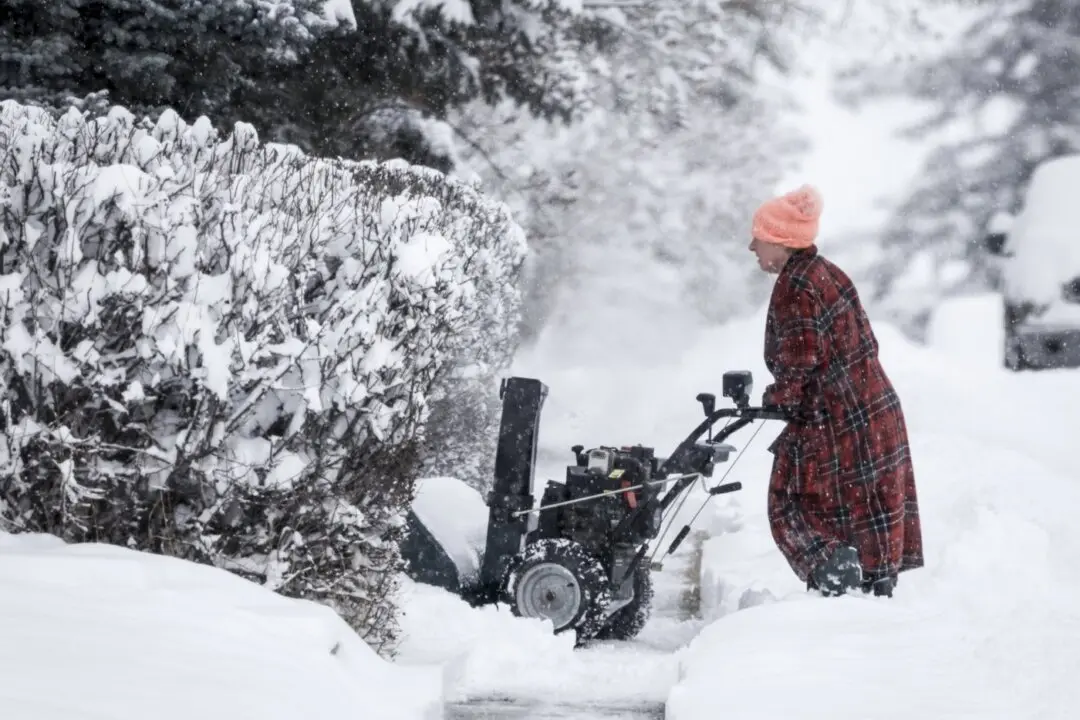EDMONTON—Another new species of dinosaur with a bizarre and elaborate array of horns and shields on its face has emerged from the hills and hoodoos of southern Alberta.
“The rate of horned dinosaur discoveries in the last 10 years has probably gone up faster than any other group of dinosaurs,” said David Evans, a paleontologist with the Royal Ontario Museum who describes the new creature in a paper published Wednesday.
“The number of species has about doubled in the last 15 years.”
Last month, it was Regaliceratops peterhewsi, otherwise known as Hellboy for the tiny horns over its eyes that resemble those of the eponymous comic book character.
Now, it’s Wendiceratops pinhornensis, known to friends as Wendy and named after legendary Alberta fossil hunter Wendy Sloboda, who made the discovery in 2010.
Like other ceratopsians, Wendy had a large, six-metre body, three horns on its face and a large, frilled bony shield around it. At 79 million years old, Wendy’s nose horn was surprisingly big for such an early member of the family.
But in other ways, Wendy is reinforcing the current understanding of how social behaviour affected the evolution of ceratopsians.
“Horned dinosaurs were social animals,” said Evans, pointing out that many of their fossils come from bone beds consisting of large numbers of individual dinosaurs.




